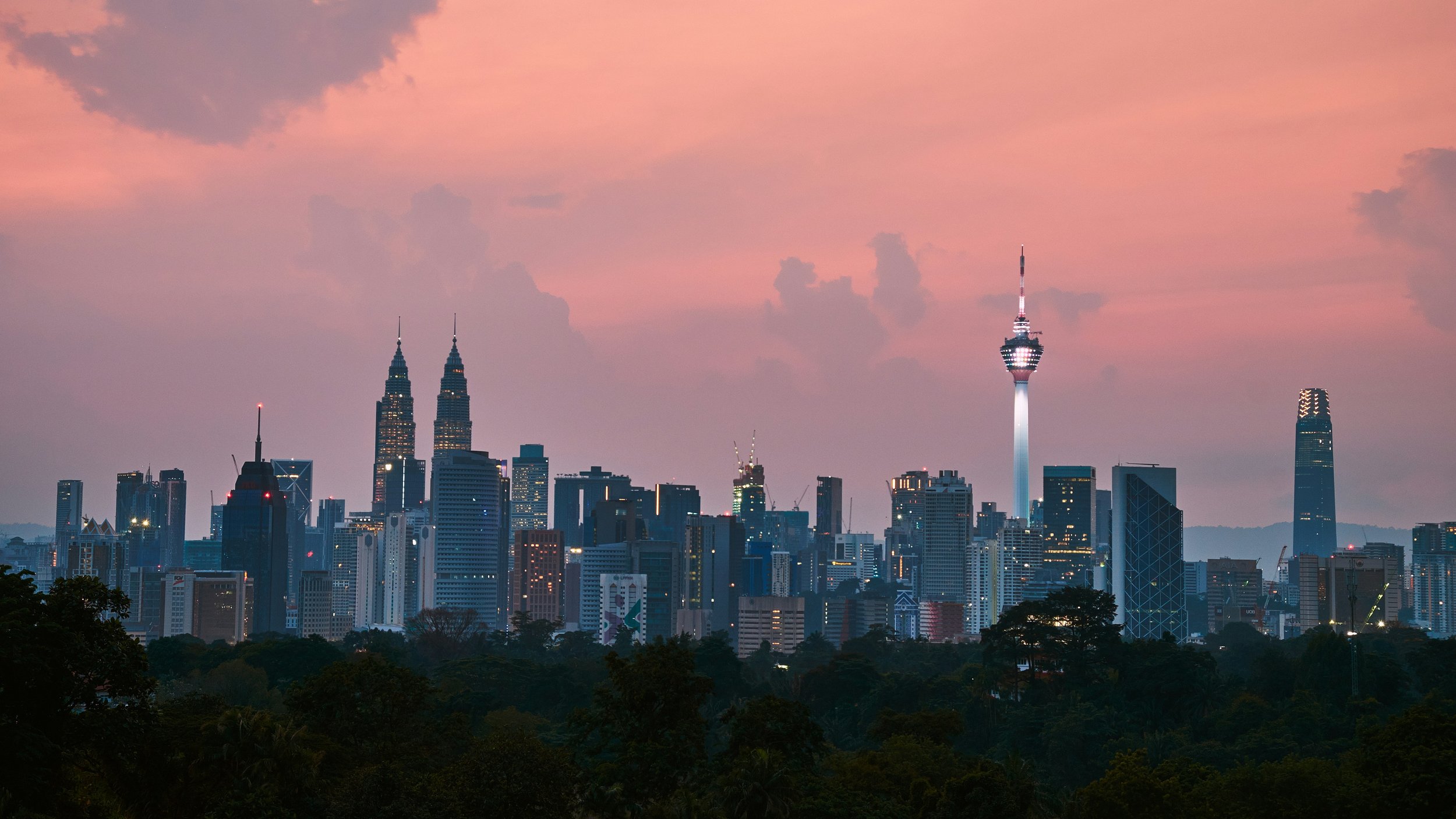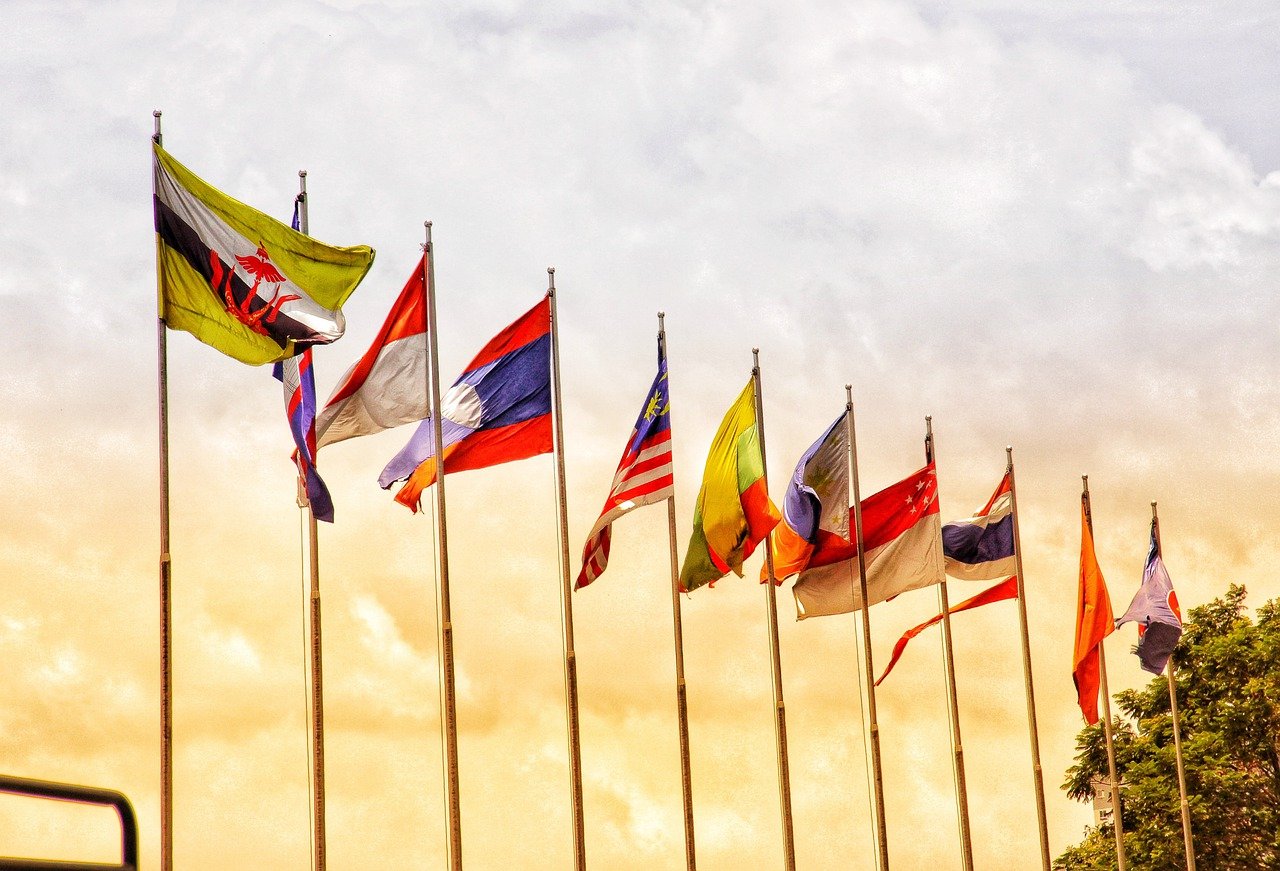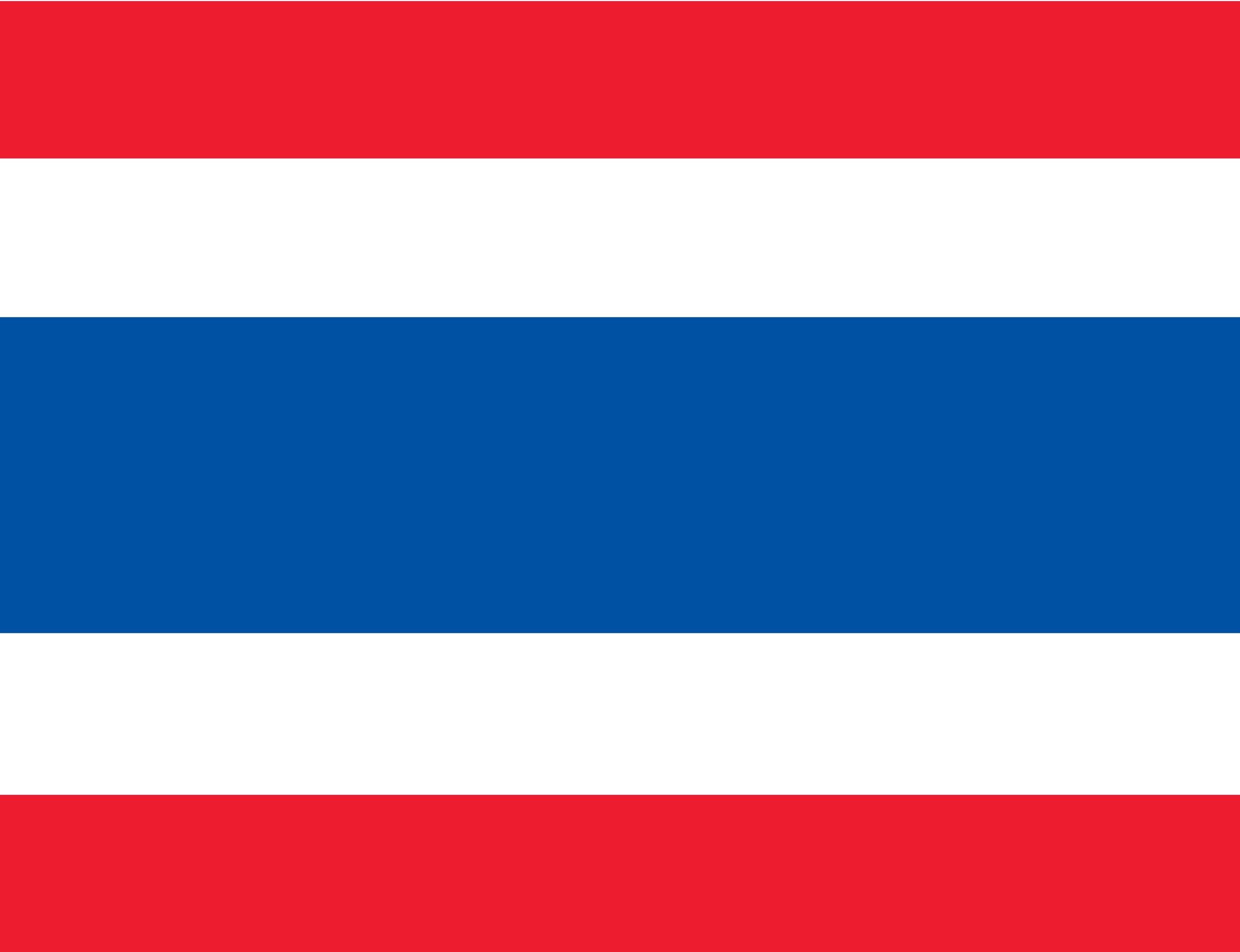
About ASEAN
Learn more about the inception of the organisation and the countries that constitute it
The Association of Southeast Asian Nations (ASEAN) was established in 1967. Its founding members; Thailand, Indonesia, Malaysia, Singapore and Philippines convened in Bangkok to find a means to better safeguard the interests of Southeast Asia during the height of the Vietnam war.
The 1960s was a tumultuous period for Southeast Asia. With wars, communist purges and racial disharmony plaguing the region, it became increasingly clear there needed to be a shared governmental platform for Southeast Asian countries to establish stronger diplomatic ties with each other.
Today ASEAN is one of the world’s leading intergovernmental bodies - with strong partnerships with the UN and APEC and beyond.
Country Profiles
Indonesia
Famed for its breathtaking natural formations and beaches as well as vast biodiversity - Indonesia is truly a diamond in the rough. Up and coming Indonesia has proven itself to be highly valuable to the ASEAN economy and is the single largest economy in the region.
Malaysia
Malaysia is known for being one of ASEAN’s early economic trailblazers in the 90s and home to the world’s most iconic twin towers. The country is set to take up the ASEAN Chairmanship in 2025.
Philippines
A country known for its unique mix of occidental and oriental, as well as untouched beaches and colonial architecture. The Philippines has grown rapidly in the past decade - earning itself the label of ‘new tiger’ in the region amid strong economic advancements.
Singapore
One of Asia’s most successful underdog stories and banking capital of Southeast Asia. Singapore’s strength lies in its ethnic diversity and tolerance, attracting individuals from all over the world to bask in its cultural mosaic and strong finance industry.
Thailand
Arguably Southeast Asia’s most famed country, Thailand never fails to entertain with vibrant nightlife, spicy food and beautiful temples. The country is also Southeast Asia’s second largest economy, with its most prominent industries being manufacturing and tourism.
Laos
One of Southeast Asia’s lesser known countries, the small landlocked country often gets overlooked but is host to magnificent waterfalls and cave formations, which are often left untouched. Laos has concentrated a lot of effort into establishing diplomatic ties with the rest of ASEAN and is currently holding chairmanship in 2024.
Myanmar
Myanmar, in Southeast Asia, is a culturally rich country undergoing political transition since 2011. Despite challenges, its history reflects resilience and evolution. With diverse cultures and picturesque landscapes, Myanmar's natural beauty captivates. As it navigates its present, Myanmar embraces opportunities for growth and progress, remaining optimistic about the future.
Vietnam
Vietnam, in Southeast Asia, has a rich history marked by resilience. After the Vietnam War, the country embarked on reconstruction and economic reform, leading to rapid growth. With bustling cities and lush landscapes, Vietnam is a vibrant destination. Today, it's one of the region's fastest-growing economies, embracing opportunities for development and global integration.









